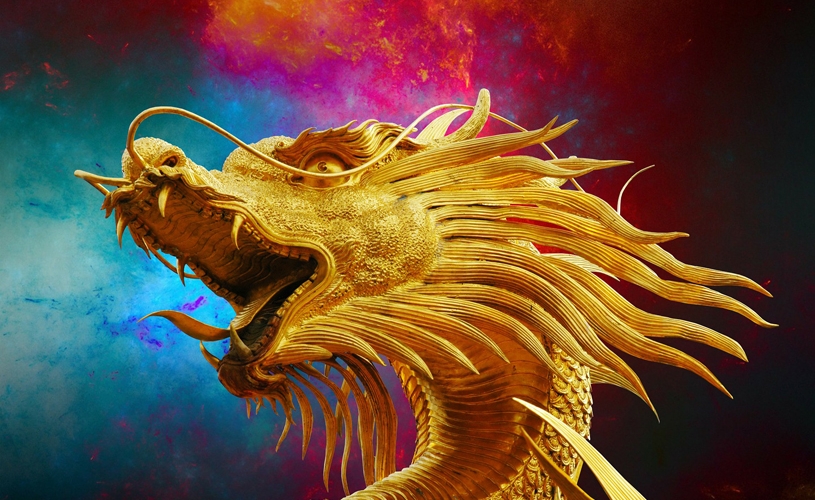
For over 2,000 years, Dragon Boat Festival has been a traditional holiday celebrated annually in China. More traditionally known as Duanwu Festival, some legends claim that it commemorates an ancient Chinese poet, Qu Yuan, who consistently displayed love and devotion to his country through his work. However, during the Warring States period of the Zhou Dynasty, he was exiled and, rather than seeing his country invaded and conquered, chose to drown himself in the Miluo river.
Local people, who had long admired the man, raced out in their boats in an attempt to save him but their efforts were in vain: his body could not be found. They dropped balls of sticky rice into the river so that the fish would eat them instead of the Qu Yuan's body and, from there, traditions of the festival were born.

Celebrated on the 5th day of the 5th lunar month, dragon boat racing has now developed into an international sport – not only held in China, but also observed in Japan, Vietnam and Britain. Yet, traditions are still in place and follow on from its originating story.
Mirroring the race to save Qu Yuan, dragon boats are filled with a team of people who race to reach their destination before their rival teams, whilst one member sits at the front beating a drum in order to maintain morale and rhythm of the rowers. This human-powered watercraft was traditionally made from wood, craved into the image of a mythical dragon and painted bright colors, such as red, blue, green and gold.

Depending on the region in which you are celebrating the festival, there are different food items that make an appearance. These include:
A pyramid-shaped ball of glutinous rice dumpling mixed with different ingredients for added flavor and wrapped in bamboo leaves. As the festival approaches, you'll start to see more and more zongzi on the streets, in bakeries and in abundance at supermarkets. These will range in flavor depending on the region in which you buy them. In general, you'll find that northern ones have a sweet flavor with vegetables, dried fruit and nuts as fillings, whilst southern ones are likely to be filled with fat and different types of salted meat. In Shanghai, you'll be sure to find everything from fresh meat and mushroom to chestnut and red bean (a personal favorite).
Realgar Wine
Made from yellow wine and realgar mineral powder, Realgar wine has been a part of traditions that have said to span generations. It was believed that rubbing children's cheeks and foreheads with this wine would work to dispel sickness, provide itself as an antidote against poison and protect against evil spirits.
Dagao
Made of mugwort and boiled sticky rice, Dagao is a type of cake that is usually eaten in northeast China. Thumped until the rice turns into a kind of paste, it is then dipped into sugar or honey to become delightfully sticky, glutinous and moreish.